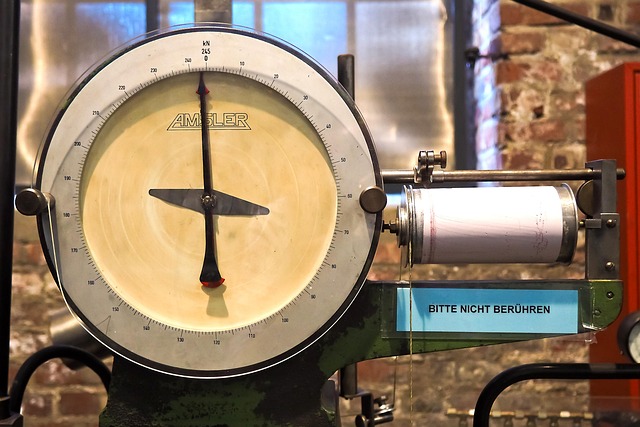Water pressure issues can be resolved by targeting root causes like leaks, pipe corrosion, insufficient supply, or outdated regulators. Regular maintenance, including repairing leaks, replacing corroded pipes, and upgrading pressure regulators, is key to achieving consistent, strong water pressure. Homeowners should check for debris in faucet aerators, inspect pipes for damage, listen for unusual noises, and monitor water meters during high usage to diagnose problems early on. By addressing leaks, outdated water heaters, and mineral deposits effectively through regular maintenance, homeowners can improve water pressure, reduce bills, and maintain a comfortable living environment.
Are you tired of low water pressure in your home or office? This comprehensive guide tackles common water pressure problems and offers practical solutions. We explore the root causes, from leaks and old pipes to mineral buildup and faulty valves. Learn effective diagnosis techniques and discover a range of proven methods to significantly boost your water pressure. By following these steps, you can transform your low-pressure nightmare into a steady, powerful flow.
- Understanding Water Pressure Issues: Common Causes
- Diagnosing the Problem: What to Look For
- Effective Solutions to Boost Water Pressure
Understanding Water Pressure Issues: Common Causes

Water pressure issues are common problems faced by many homeowners, leading to frustration and an uncomfortable living environment. Understanding the root causes behind low or inconsistent water pressure is essential for effective troubleshooting and long-term solutions. Let’s explore some of the most frequent culprits behind this inconveniency.
One of the primary factors contributing to water pressure problems is leaks within the plumbing system. Whether it’s a leaky faucet, pipe corrosion, or damaged valves, these issues can significantly reduce water pressure throughout your home. Another common cause is an inadequate water supply or a low-pressure main entering your property. Over time, the pipes may become narrowed due to mineral buildup or debris, restricting water flow. Additionally, outdated or faulty pressure regulators can fail to maintain optimal pressure levels, resulting in weak water pressure. To increase water pressure, identifying and addressing these causes is crucial. Regular maintenance, repairing leaks, replacing corroded pipes, and upgrading pressure regulators are effective steps towards ensuring a consistent and strong water pressure supply.
Diagnosing the Problem: What to Look For

Diagnosing water pressure problems is the first step in learning how to increase water pressure. Start by checking your faucet’s aerator, a small device at the tip that mixes air with water flow. A clogged or damaged aerator can significantly reduce pressure. Remove it and inspect for debris; clean or replace as needed. Next, examine your pipes for any visible damage or leaks. Even tiny cracks or corrosion can restrict water flow, so repair or replace affected sections.
Additionally, pay attention to the sound your pipes make when water is running. A whining, banging, or booming noise could indicate loose connections, which can disrupt pressure. Tighten these connections or consult a plumber for more complex issues. Keep an eye on your water meter during periods of high usage; if it spins rapidly, you might have a pressure problem. Regular maintenance and early detection are key to avoiding major plumbing headaches and learning how to increase water pressure effectively.
Effective Solutions to Boost Water Pressure

Low water pressure can be frustrating, but there are several effective solutions to boost your home’s water pressure. The first step is to check for leaks in your plumbing system. Even a small drip can significantly reduce water pressure throughout your house. Repairing these leaks not only improves water pressure but also saves you money on your water bill.
Another common cause of low water pressure is an outdated or clogged water heater. If your water heater is old, it might not be heating water as efficiently as it should. Regularly flushing and maintaining your water heater can help maintain optimal performance. Additionally, ensuring that the pipes leading to fixtures are free from mineral deposits and corrosion can significantly enhance water flow and pressure.
Water pressure problems can significantly impact your daily routines, but understanding the root causes and implementing effective solutions can restore optimal water flow. By identifying common issues like leaks, low pipe pressure, or inadequate water supply, you can take targeted actions using simple DIY methods or professional assistance. Investing time in diagnosing and fixing these problems ensures a steady, strong water pressure that benefits your household or commercial property alike. So, whether it’s boosting shower enjoyment or ensuring efficient plumbing, knowing how to increase water pressure is an essential skill for any homeowner.
